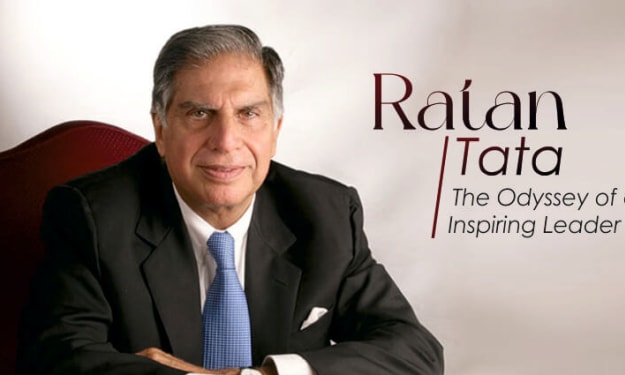Book Review: The Body: A Guide for Occupants.
A quick review of the book The Body: A Guide for Occupants, giving you a sneak peek of the entire volume.
The Body: A Guide for Occupants
Introduction:
In "The Body: A Guide for Occupants," Bill Bryson takes readers on a fascinating journey through the human body, exploring its intricate systems, processes, and mysteries. With his signature wit, curiosity, and storytelling prowess, Bryson delves into the complexities of our physical selves, making this book an engaging and accessible guide for anyone interested in understanding the incredible machine that is the human body.
Chapter 1: The Skin
Bryson begins by exploring the body's largest organ: the skin. He marvels at its ability to protect us from external threats, regulate body temperature, and facilitate sensation. He delves into the science of skin, discussing its layers, functions, and remarkable capabilities, such as producing vitamin D and responding to touch.
Chapter 2: The Skeleton.
In this chapter, Bryson examines the skeletal system, comprising 206 bones that provide support, protection, and movement. He explores the fascinating history of skeletal evolution, the importance of calcium and vitamin D, and the intricate relationships between bones, muscles, and joints.
Chapter 3: The Muscles
Bryson turns his attention to the muscular system, responsible for movement, posture, and balance. He discusses the different types of muscles (skeletal, smooth, and cardiac), their functions, and the remarkable feats they enable us to perform. He also touches on the importance of exercise and the consequences of muscle atrophy.
Chapter 4: The Brain
The brain, the body's command center, is the focus of this chapter. Bryson explores its structure, function, and incredible capabilities, such as processing information, controlling emotions, and facilitating consciousness. He delves into the mysteries of brain development, neuroplasticity, and the intricate relationships between brain and body.
Chapter 5: The Heart
Bryson examines the cardiovascular system, highlighting the heart's vital role in pumping blood throughout the body. He discusses the heart's structure, function, and remarkable efficiency, as well as the importance of blood pressure, circulation, and the impact of lifestyle choices on cardiovascular health.
Chapter 6: The Lungs
In this chapter, Bryson explores the respiratory system, responsible for exchanging oxygen and carbon dioxide. He discusses the lungs' remarkable efficiency, the importance of breathing, and the impact of air pollution and smoking on lung health.
Chapter 7: The Liver
Bryson turns his attention to the liver, the body's detoxification and filtration hub. He discusses its incredible functions, such as processing nutrients, removing toxins, and regulating metabolism, as well as the consequences of liver damage and disease.
Chapter 8: The Gut
The digestive system is the focus of this chapter, as Bryson explores the complex processes of eating, digesting, and absorbing nutrients. He discusses the importance of gut health, the role of microbes, and the impact of diet and lifestyle choices on digestive well-being.
Chapter 9: The Immune System
Bryson examines the immune system, responsible for protecting the body from pathogens and disease. He discusses its intricate mechanisms, the importance of vaccination, and the consequences of immune system disorders and diseases.
Chapter 10: The Endocrine System
In this final chapter, Bryson explores the endocrine system, responsible for producing and regulating hormones that control various bodily functions. He discusses the importance of hormonal balance, the impact of hormonal imbalances, and the intricate relationships between hormones and overall health.
Conclusion:
In "The Body: A Guide for Occupants," Bill Bryson has crafted a captivating and informative journey through the human body. By exploring its systems, processes, and mysteries, Bryson reminds us of the incredible complexity and beauty of our physical selves. This book is a must read for anyone curious about the intricate machine that is the human body and how it functions.
** Affiliate Disclosure** This article contains affiliate links , meaning that we will receive a small commission at no added cost to you as part of our partnership with Audible when you sign up for a free trial to obtain this book.
About the Creator
Peter Oset
I am a Passionate innovator and relentless problem solver. With a background in Political Science and a flair for creativity, I have spent years shaping solutions that bridge the gap between social political development environment.
Enjoyed the story? Support the Creator.
Subscribe for free to receive all their stories in your feed. You could also pledge your support or give them a one-off tip, letting them know you appreciate their work.






Comments
There are no comments for this story
Be the first to respond and start the conversation.